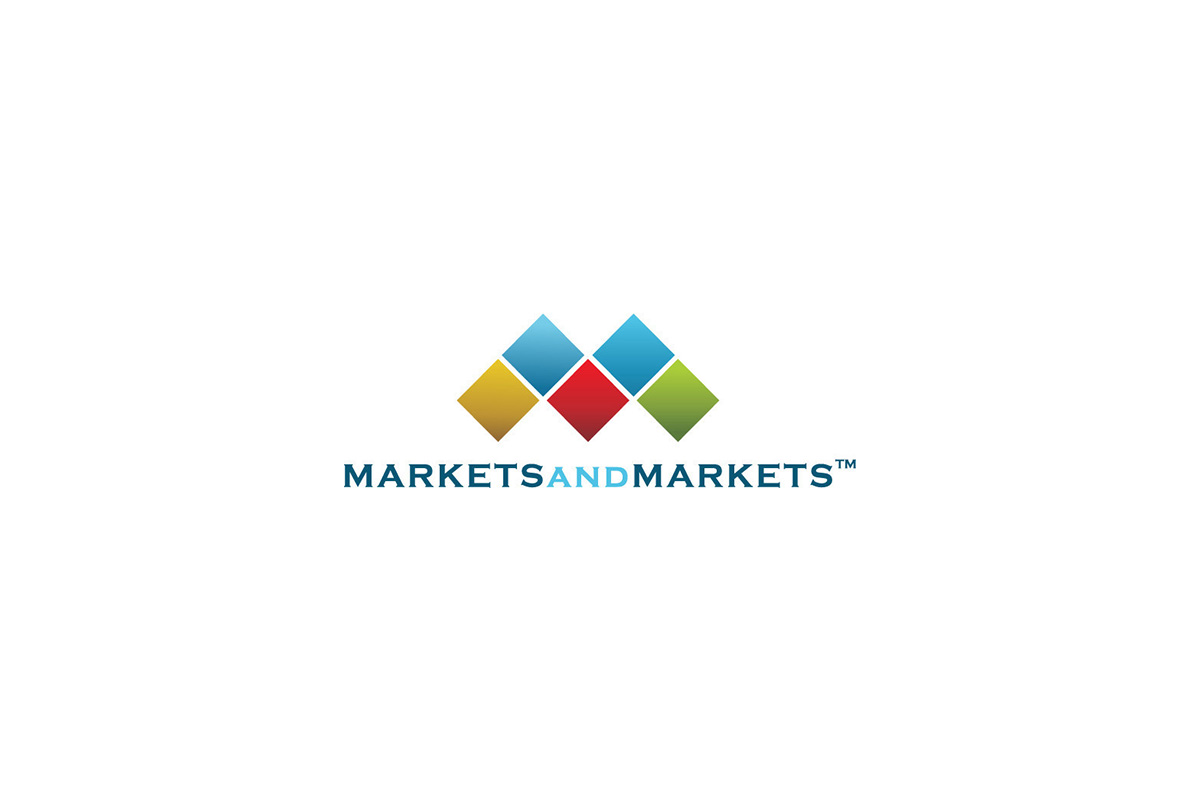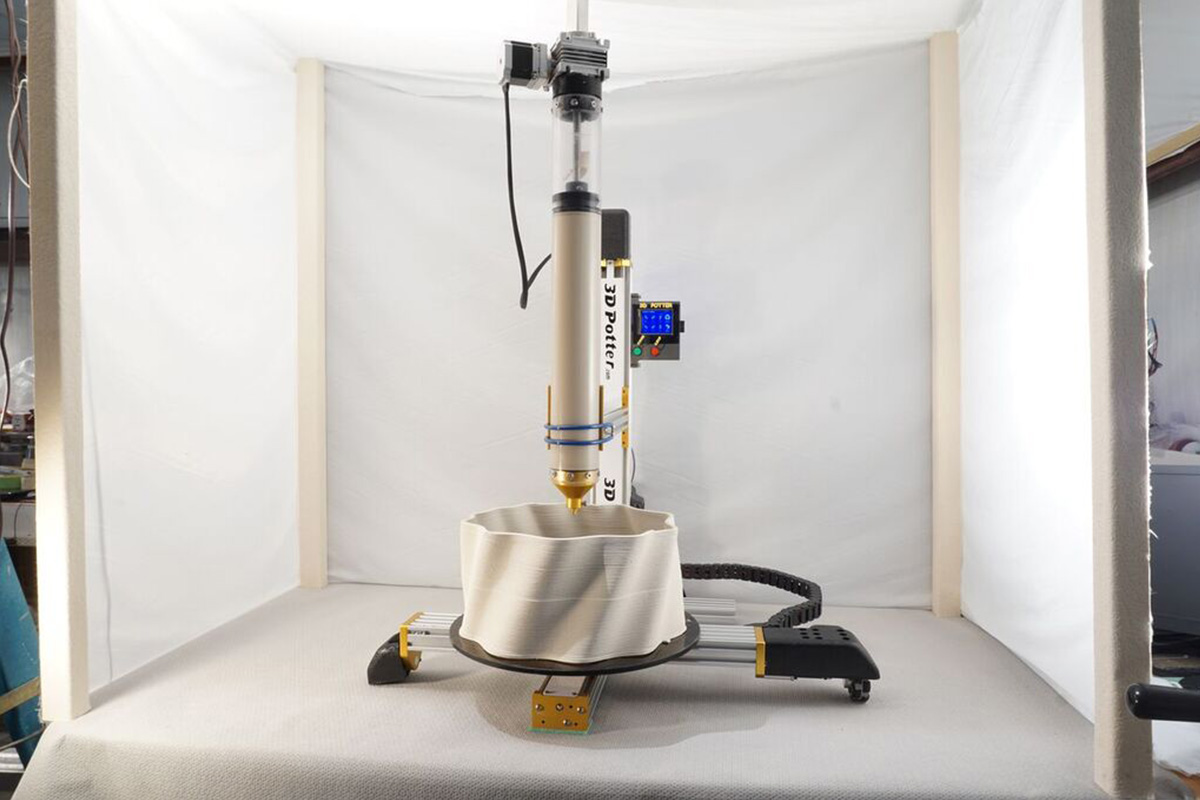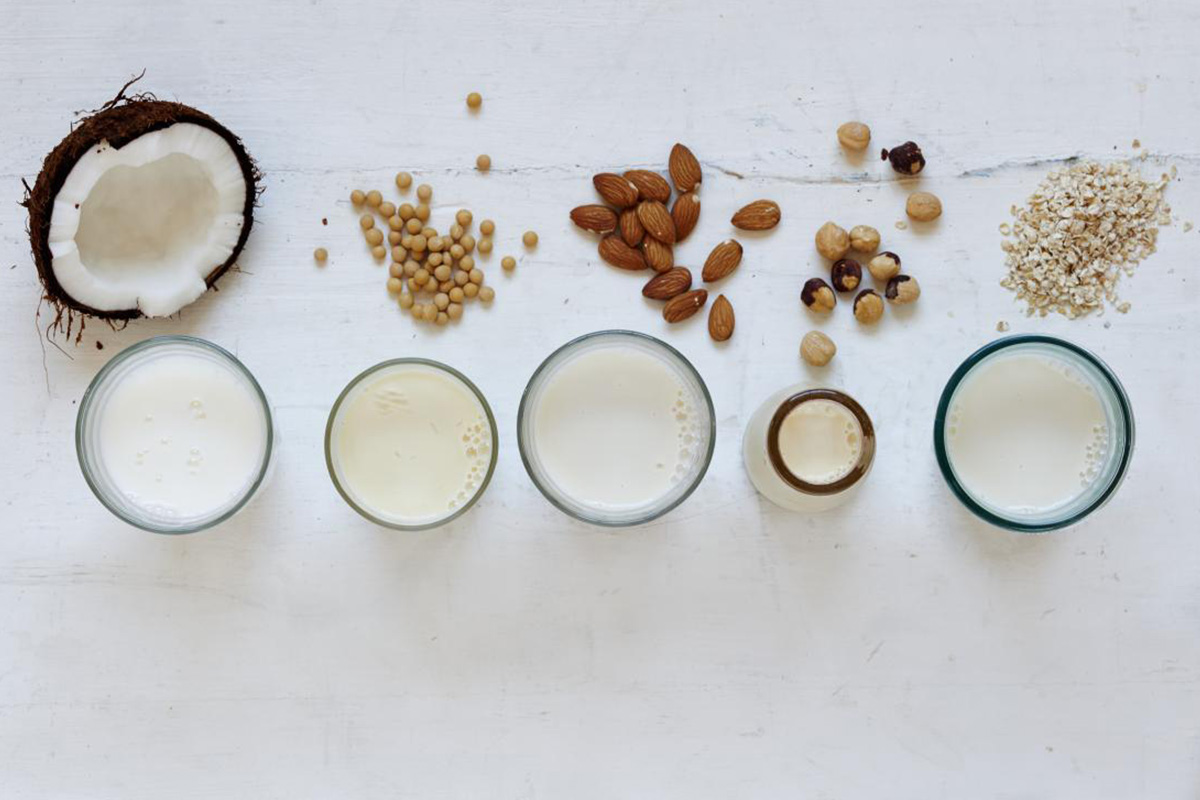According to the new market research report “3D Printing Ceramics Market by Material type (Oxide based, non-oxide based), Form,End-use Industry (Aerospace & defense, healthcare, automotive, consumer goods and electronics, construction), Application and Region – Global Forecast to 2025“, published by MarketsandMarkets , the 3D Printing Ceramics Market is projected to grow from USD 116 million in 2020 to USD 384 million by 2025. The aerospace & defense segment accounted for a share of 39.7% in terms of value in the 3D printing ceramics market in 2020 and is projected to reach USD 172 million by 2025 at a CAGR of 30.2%. The healthcare sector is projected to witness the second highest CAGR of 26.5%, growing from USD 25 million in 2020 to USD 82 million by 2025.
, the 3D Printing Ceramics Market is projected to grow from USD 116 million in 2020 to USD 384 million by 2025. The aerospace & defense segment accounted for a share of 39.7% in terms of value in the 3D printing ceramics market in 2020 and is projected to reach USD 172 million by 2025 at a CAGR of 30.2%. The healthcare sector is projected to witness the second highest CAGR of 26.5%, growing from USD 25 million in 2020 to USD 82 million by 2025.
Download PDF Brochure: https://www.marketsandmarkets.com/pdfdownloadNew.asp?id=26085601
Browse in-depth TOC on “3D Printing Ceramics Market“
114 – Tables
49 – Figures
157 – Pages
View Detailed Table of Content Here: https://www.marketsandmarkets.com/Market-Reports/3d-printing-ceramic-market-26085601.html
Oxide based 3D printing ceramics comprises a major share of the 3D printing ceramics market in terms of value.
Oxide-based ceramics dominate the market in terms of value, with a share of 60.0%. This is due to the fact that these ceramics have wide applications in the aerospace & defense, healthcare, electronics, and consumer goods industries, among others. Oxide-based ceramics are economical and hence, are widely used for prototyping and by hobbyists for personal use as well. It is because of the same reason that oxide-based ceramics have 69.0% market sharein terms of volume.
The powdered form of 3D printing ceramics accounts for the largest market share in the global 3D printing ceramics market during the forecasted period in terms of value and volume
Powdered ceramics are dominating the 3D printing ceramics market. The main reason is their ease of use and machinability. With new technologies such as laser sintering and binder jetting, powdered ceramics are gaining momentum. Presently, liquid and filament forms hold a small share of the market, and the share of filament is expected to decline in the coming years as powdered and liquid ceramics offer better technical capabilities in printing higher quality products and are widely accepted in the 3D printing ceramics industry.
The commercial/manufacturing application accounted for the largest market share of the global 3D printing ceramics market during the forecast period in terms of value and volume
Industries have adopted 3D printing for part production i.e. a small component of a bigger assembly. This has opened new frontiers in the 3D printing landscape, with companies developing their printing capabilities in terms of speed, material utilization, and printing. Commercial manufacturing of 3D printing ceramics is gaining traction. The US military recently made a contract to buy portable 3D printing factories built in shipping containers.
Request Sample Pages: https://www.marketsandmarkets.com/requestsampleNew.asp?id=26085601
The aerospace & defense end-use industry accounted for the largest market share in the global 3D printing ceramics market during the forecast period in terms of value and volume.
The advantages of 3D printing ceramics, such as high strength, high stiffness, bio inertness, excellent corrosion resistance, and high thermal stability, have boosted the market in aerospace & defense, automotive, and healthcare industries. Aerospace & defense is the largest end-use industry of 3D printing ceramics. The demand for ceramics in this end-use industry has increased in the last few years due to the growing demand for commercial aircraft from Boeing and Airbus.
Healthcare is the second-largest end-use industry of 3D printing ceramics with a share of 20.6%, in terms of value, in 2019. The demand for stable bio-implants is rising. Ceramics present a viable, stable, and economical option. 3D printing ceramics are also agile and flexible to meet the design constraints of bio-implants.
Europe is expected to account for the largest market share in the 3D printing ceramics market during the forecast period.
The global 3D printing ceramics market is expected to grow at a significant rate during the forecast period. The market in Europe accounted for the largest share of 35.0% in 2019 in terms of value, followed by North America with a share of 32.6% in terms of value in 2019. APAC is estimated to be the fastest-growing market between 2020 and 2025. However, the global 3D printing ceramics market witnessed slower growth in 2020 due to COVID-19 that forced companies to temporarily shut down their operations in various regions to prevent the virus spread. The pandemic adversely affected various end-use industries, including aerospace & defense, construction, and automotive, which weakened the demand for 3D printing ceramics in 2020.
The key players in the 3D Printing ceramics market include 3D Ceram (France), ExOne (USA), 3DResyns (Spain), Admatec Europe (Nehterlands) and Tethon 3D (USA) are some of the key players in the 3D printing ceramics market. Steinbach AG (Germany), 3D Systems (USA), Johnson Matthey (UK), Aon Inni (Korea) and CeramTec (Germany) are among others. These companies are involved in adopting various inorganic and organic strategies to increase their foothold in the 3D printing ceramics market. These players have taken different organic and inorganic developmental strategies over the past five years.
Browse Adjacent Markets: Chemical Market Research Reports & Consulting
Related Reports:
1. 3D PRINTING MARKET- GLOBAL FORECAST TO 2024- BY OFFERING (PRINTER, MATERIAL, SOFTWARE, SERVICE), PROCESS (BINDER JETTING, DIRECT ENERGY DEPOSITION, MATERIAL EXTRUSION, MATERIAL JETTING, POWDER BED FUSION), APPLICATION, VERTICAL, TECHNOLOGY, AND GEOGRAPHY
https://www.marketsandmarkets.com/Market-Reports/3d-printing-market-1276.html
2. INDUSTRIAL 3D PRINTING MARKET- GLOBAL FORECAST TO 2025- BY OFFERING (PRINTERS, MATERIALS, SOFTWARE, SERVICES), APPLICATION (MANUFACTURING, PROTOTYPING), PROCESS, TECHNOLOGY, INDUSTRY (AEROSPACE & DEFENSE, AUTOMOTIVE), AND GEOGRAPHY
https://www.marketsandmarkets.com/Market-Reports/industrial-3d-printing-market-160028620.html
About MarketsandMarkets
MarketsandMarkets provides quantified B2B research on 30,000 high growth niche opportunities/threats which will impact 70% to 80% of worldwide companies’ revenues. Currently servicing 7500 customers worldwide including 80% of global Fortune 1000 companies as clients. Almost 75,000 top officers across eight industries worldwide approach MarketsandMarkets
provides quantified B2B research on 30,000 high growth niche opportunities/threats which will impact 70% to 80% of worldwide companies’ revenues. Currently servicing 7500 customers worldwide including 80% of global Fortune 1000 companies as clients. Almost 75,000 top officers across eight industries worldwide approach MarketsandMarkets for their painpoints around revenues decisions.
for their painpoints around revenues decisions.
Our 850 fulltime analyst and SMEs at MarketsandMarkets are tracking global high growth markets following the “Growth Engagement Model – GEM”. The GEM aims at proactive collaboration with the clients to identify new opportunities, identify most important customers, write “Attack, avoid and defend” strategies, identify sources of incremental revenues for both the company and its competitors. MarketsandMarkets
are tracking global high growth markets following the “Growth Engagement Model – GEM”. The GEM aims at proactive collaboration with the clients to identify new opportunities, identify most important customers, write “Attack, avoid and defend” strategies, identify sources of incremental revenues for both the company and its competitors. MarketsandMarkets now coming up with 1,500 MicroQuadrants (Positioning top players across leaders, emerging companies, innovators, strategic players) annually in high growth emerging segments. MarketsandMarkets
now coming up with 1,500 MicroQuadrants (Positioning top players across leaders, emerging companies, innovators, strategic players) annually in high growth emerging segments. MarketsandMarkets is determined to benefit more than 10,000 companies this year for their revenue planning and help them take their innovations/disruptions early to the market by providing them research ahead of the curve.
is determined to benefit more than 10,000 companies this year for their revenue planning and help them take their innovations/disruptions early to the market by providing them research ahead of the curve.
MarketsandMarkets’s flagship competitive intelligence and market research platform, “Knowledge Store” connects over 200,000 markets and entire value chains for deeper understanding of the unmet insights along with market sizing and forecasts of niche markets.



 , the Automotive Filters Market is estimated to grow from
, the Automotive Filters Market is estimated to grow from 
 , the Organic Pigments Market is projected to grow from
, the Organic Pigments Market is projected to grow from 
 , the Food Enzymes Market is estimated to be valued at
, the Food Enzymes Market is estimated to be valued at 
 , the 3D Printing Ceramics Market is projected to grow from
, the 3D Printing Ceramics Market is projected to grow from 
 , the Prepreg Market size is expected to grow from
, the Prepreg Market size is expected to grow from 
 , the global Residential Energy Management Market size will grow to
, the global Residential Energy Management Market size will grow to 
 , the market is estimated to grow from
, the market is estimated to grow from 
 , the Fluid Transfer System Market is projected to grow at a CAGR of 6.7% from 2020 to 2025, and the market size is expected to grow from
, the Fluid Transfer System Market is projected to grow at a CAGR of 6.7% from 2020 to 2025, and the market size is expected to grow from 
 , the global Dairy Alternatives Market size is estimated to be valued at
, the global Dairy Alternatives Market size is estimated to be valued at 